|
Walking Winsham lanes-April 2022
I think it is the prettiest time of the year, from
halfway through April into May. The roadsides are lush and green (how d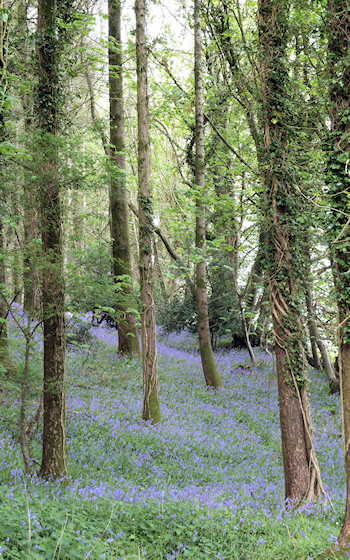 o
they do it, with so little rain?), the hedgerows are filling out,
everywhere the birds are singing, bees and bumblebees are buzzing. The
Martins and Swallows are
back. When you look over the landscape, you see fifty-two shades of
green, from pale Oak to rich reddish-green Field maple. Closer up,
colour explodes: Cow parsley
white-laces the roadsides and, at this stage, looks very pretty. It is
intersper o
they do it, with so little rain?), the hedgerows are filling out,
everywhere the birds are singing, bees and bumblebees are buzzing. The
Martins and Swallows are
back. When you look over the landscape, you see fifty-two shades of
green, from pale Oak to rich reddish-green Field maple. Closer up,
colour explodes: Cow parsley
white-laces the roadsides and, at this stage, looks very pretty. It is
intersper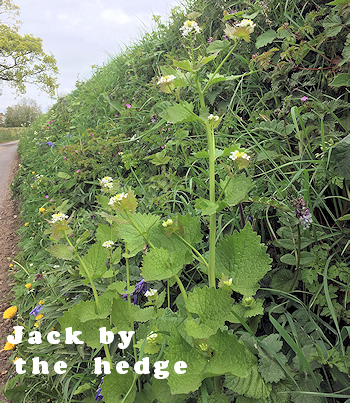 sed
with vivid yellow of Dandelions
and the last of the Celandines,
with Yellow archangel
beginning to come in; with the white of
Stitchwort, Cuckooflower
(white to pink) and
Jack-by-the-hedge and the occasional stand of
Ramsons, the pink of
Campion and
Herb Robert, and in many
places a haze of purple-blue from
Bluebells. We are lucky to
have our Bluebells not just confined to woods, glorious as they are
there, but along hedgerows as well - and even, along Cow Down and Pye
Lane, above the hedgerows. All in all it makes for real rural
beauty! sed
with vivid yellow of Dandelions
and the last of the Celandines,
with Yellow archangel
beginning to come in; with the white of
Stitchwort, Cuckooflower
(white to pink) and
Jack-by-the-hedge and the occasional stand of
Ramsons, the pink of
Campion and
Herb Robert, and in many
places a haze of purple-blue from
Bluebells. We are lucky to
have our Bluebells not just confined to woods, glorious as they are
there, but along hedgerows as well - and even, along Cow Down and Pye
Lane, above the hedgerows. All in all it makes for real rural
beauty!
This year, like last year, it is very much "Oak
before Ash - in for a splash". Several mature Ashes are very late to
come into leaf - I'll be keeping a close eye in case of Ash Dieback:
blackened leaves, discoloured stems, shrivelled shoots. You can report
ash dieback on
https://www.forestresearch.gov.uk/tools-and-resources/fthr/tree-alert/ .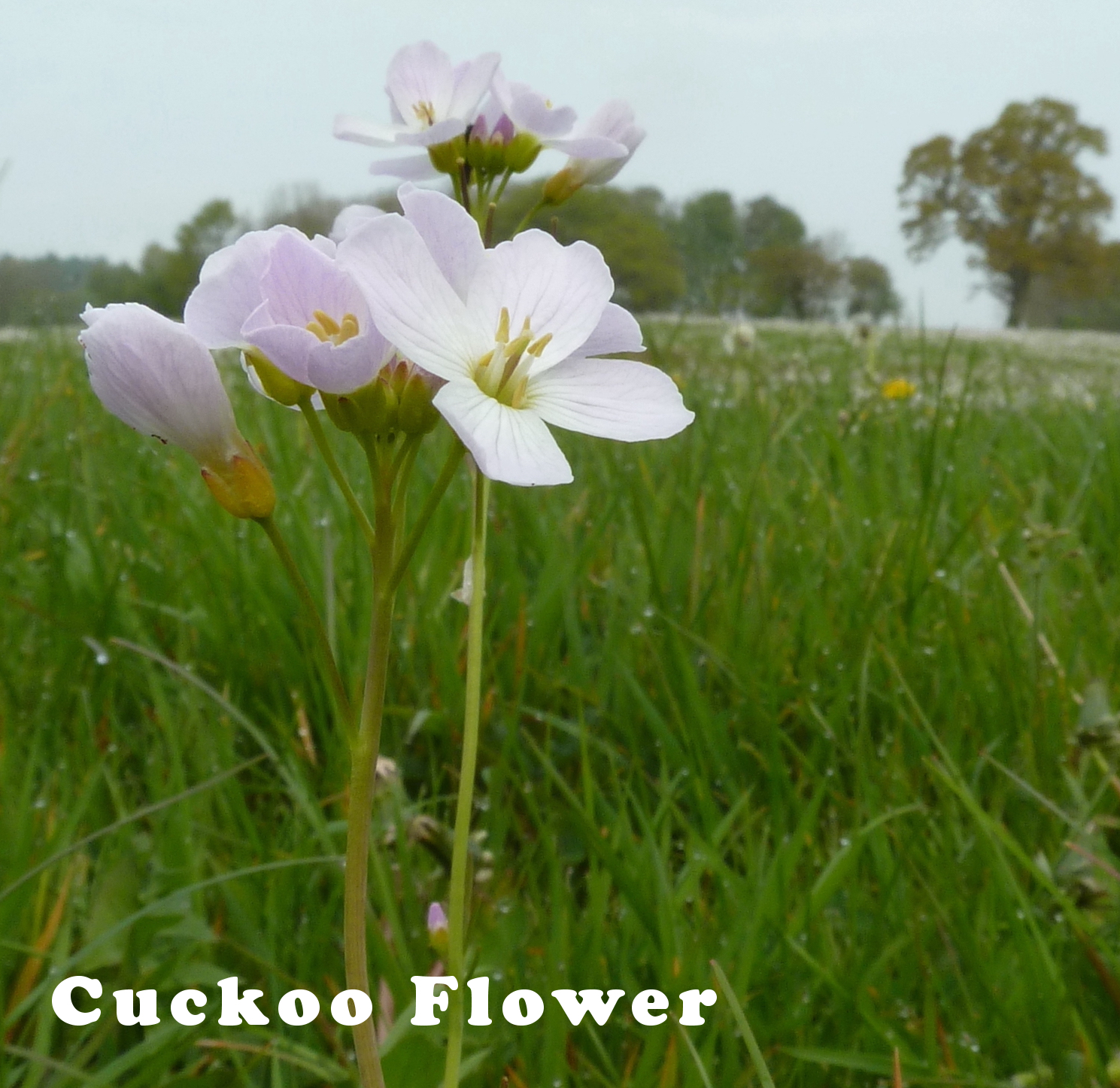
Less conspicuous plants are all about as well, from
Moschatel
to Cuckoopint and Vetch.
In fact from now on more and more species will come in, as Spring comes
to its full burst.
Birdsong is also at its best, as long as they are not
sitting on their nests yet:
Thrushes at full repertoire,
Blackbird and Robin and
Chiff-chaff and Blackcap,
and of course the diminutive Wren
with one of the loudest songs of all; they and many others are
nest-building, too. And at night
Tawny owls are calling to and fro. Butterflies are beginning to
emerge: Brimstone, Admiral, Peacock, Tortoiseshell, Orangetip. Hoverflies
are feeding and pollinating, as Bumblebees and bees are doing. It is a
wonderful time of year!
Some wild plant facts:
·
Stitchwort
(also known as 'Poor man's buttonhole'...) is or was used in a herbal
remedy against, you guessed it: stitch-in-the-side!
·
Yellow
archangel is a plant of ancient
hedgerows and woodlands. It is used in herbal remedies against bladder
problems, and old herbals recommend crushed leaves for sores and ulcers.
The flowers are edible, but you might leave them for the many
pollinators that love this plant!
·
Cuckooflower
grows in damp spots and is also known
by the names of Lady's smock, Mayflower or Milkmaids. Leaves and young
shoots are edible but bitter - they are rich in vitamins (especially C)
and minerals.
·
Cow parsley
is used in traditional remedies as a digestive aid. Crushed leaves smell
a bit like aniseed, and are said to be mosquito-repellent. The same is
true for Herb Robert: rubbing
fresh leaves on the skin is thought to repel midges.
·
Ramsons
or Wild Garlic has edible
leaves and flowers - stick a leaf in your cheese sandwich to spruce it
up a bit! It is also said to be good for sterilising wounds, and it is
full of magnesium - good for the heart, and against stress.
|
|
Walking Winsham lanes-March 2022
March went out with some funny
old-fashioned weather: a short snowstorm with flakes like little
blocks of soft hail, after the sunniest weeks of the month for
about a hundred years. And that when everyone was at
the work of Spring the day before:
Badgers cleaning
out their dens, a lark
singing over Hill Barn fields,
Bumblebees and
Great tits beginning
to bring in nesting material to
their chosen
place, Ladybirds
at it hammer and tongs.
And flowers, lots of Spring flowers. I can
tell you Spring fashion colours are, once again, yellow and
white, with accents of mauve.
Yellows are our beautiful
Primroses, now at
their best (Trish Goddard tells me there are wonderful stands
alongcroptext.jpg) Horseshoe Lane, South of Forde Abbey); sheets of
Celandine along lanes
and under light tree shade, their flowers opening when the sun
is out; the odd Dandelion,
like the Celandine much visited by hungry insects; and
Pussy willow. And, of
course, Gorse - always
out, really, but now probably at its best.
White is Blackthorn,
mostly, very conspicuous in hedgerow and as trees in field
copses; but Wood
anemones are out as well. There are nice stands here and
there, and the best I have seen grow below Puthill Farm along
Limekiln Lane: a glorious sight. Stands of
Stitchwort, um, stand out along steep grassy banks. Much less
conspicuous whites are those of the
Wild strawberry, the
ever-present Hairy
bittercress, groups of
Dead nettles here and there,
Chickweed in fields,
and the shy Wood violet.
And mauve accents are given by early flowering plants of Campion,
Horseshoe Lane, South of Forde Abbey); sheets of
Celandine along lanes
and under light tree shade, their flowers opening when the sun
is out; the odd Dandelion,
like the Celandine much visited by hungry insects; and
Pussy willow. And, of
course, Gorse - always
out, really, but now probably at its best.
White is Blackthorn,
mostly, very conspicuous in hedgerow and as trees in field
copses; but Wood
anemones are out as well. There are nice stands here and
there, and the best I have seen grow below Puthill Farm along
Limekiln Lane: a glorious sight. Stands of
Stitchwort, um, stand out along steep grassy banks. Much less
conspicuous whites are those of the
Wild strawberry, the
ever-present Hairy
bittercress, groups of
Dead nettles here and there,
Chickweed in fields,
and the shy Wood violet.
And mauve accents are given by early flowering plants of Campion,
Herb Robert,
Vetch, tiny Speedwell and Ground Ivy,
as well as the now conspicuous
Butterbur. These
mauve-flowering plants are really at their peak later in the
year, but early individuals are useful fcroptext.jpg) or
insects looking for pollen and nectar, like Bumblebees. And in
the last few days of this month I have also seen a new colour,
the blue of the very first
Bluebells, with odd individuals out by Mello View, by
Purtington and along Limekiln, Pye and Leigh Lanes. or
insects looking for pollen and nectar, like Bumblebees. And in
the last few days of this month I have also seen a new colour,
the blue of the very first
Bluebells, with odd individuals out by Mello View, by
Purtington and along Limekiln, Pye and Leigh Lanes.
All this is against the background of our
hedgerows, still mostly bare and looking slashed, but with the
first flushes of young leaves of
Hazel, young
Bramble, Honeysuckle and
the first shoots of
Clematis (or Old man's beard, or travellers' joy).
Oaks are flushing too,
a lovely and very welcome sight.
I should not forget the colour green - very
visible at the moment are the leaves of
Lords and ladies,
Hogweed and
Foxglove, as well as
the easily overlooked greenish flowers:
Dog's mercury is the
main one, still going strong, and I must have seen hundreds of
thousands in almost every hedgerow in the parish; and
Golden saxifrage, by streamside. And to prove that some of them are
easily overlooked: I was cropping a photo I took of the
beautiful stand of Wood anemones near Puthill, with
fruiting stems of the
Great horsetail, when I spotted a tiny flower I had not seen
when I took the photo: Moschatel, or Townhall clock,
called that as the minute green flowers are in groups of five,
one facing each of the points of the compass - and one pointing
up.
Croptext.jpg)
As to birds, I have been hearing
Yaffle (Green woodpecker) calls fairly regularly recently; also, the
Chifchaff has started
calling, Pied and
Grey wagtails are noticeable, and Juliet heard the first
Blackcap last week.
The rookery at Whatley
is very active, as are the
Buzzards over Queen Hill wood.
I will end with a few casual insect
sightings: there was a
Large bee fly , looking like a strange bumblebee, on garden
blossom towards the end of the month;
Hoverflies have started to come out, too; I also saw my first
Small tortoiseshell
feeding on Dandelion, as the
Brimstone is still
doing on sunny days, while the
Comma goes for both
Dandelion and Celandine.
"To
see a World in a grain of sand
and a Heaven in a wild
flower
hold Infinity in the palm of
your hand
and Eternity in an hour"
(William Blake, 1803)
Some wild plant facts:
·
The
French name for Old man's beard is 'herbe aux gueux', the beggar's herb, as
beggars used its acrid sap to irritate the skin and to give it a
sore and ulcerated look - to
induce sympathy in, and a donation from, passers by!
·
Dog's mercury is not only
poisonous, but it is also wind-pollinated, which means it is no
use to early insects.
·
Wordsworth's favourite flower was the
Celandine, and he
wrote several poems about it (e.g. "
There is a Flower, the Lesser Celandine, That shrinks,
like many more, from cold and rain; And, the first moment that
the sun may shine, Bright as the sun himself, 'tis out again!")
·
This
Celandine is extremely
useful for insects, as it often grows in large groups, and is an
important food plant when not much else in the way of pollen or
nectar is available; even bees forage at it.
|
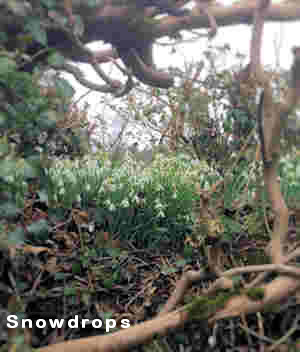 Walking Winsham lanes-February
2022 Walking Winsham lanes-February
2022
In early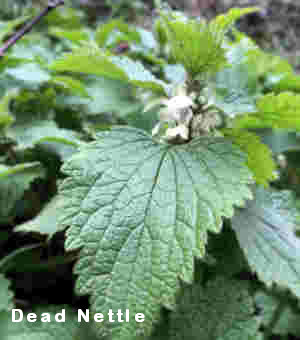 February there was hardly anything visible apart from
Snowdrops and the beginning of
Hazel flowering. The very occasional
Dead nettle by a gate, and that was about it - or was it? In the
hedgerows there were hundreds of the unobtrusive
Dog mercury in flower. But what the few bees I saw were living
on
February there was hardly anything visible apart from
Snowdrops and the beginning of
Hazel flowering. The very occasional
Dead nettle by a gate, and that was about it - or was it? In the
hedgerows there were hundreds of the unobtrusive
Dog mercury in flower. But what the few bees I saw were living
on
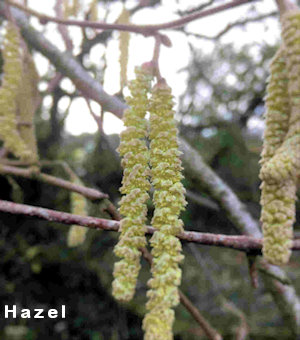 was
not very clear - unless it was the Camellias in the garden! Not
on the Hazel flowers, anyway, because they are wind-pollinated
and don't bother to produce nectar. Their female flowers are
very small, concealed in buds with only tiny bit of red styles
sticking out, and what is obvious are the catkins of male
flowers, occasionally colouring a whole tree yellow; the leaves
of these trees are still in young bud. was
not very clear - unless it was the Camellias in the garden! Not
on the Hazel flowers, anyway, because they are wind-pollinated
and don't bother to produce nectar. Their female flowers are
very small, concealed in buds with only tiny bit of red styles
sticking out, and what is obvious are the catkins of male
flowers, occasionally colouring a whole tree yellow; the leaves
of these trees are still in young bud.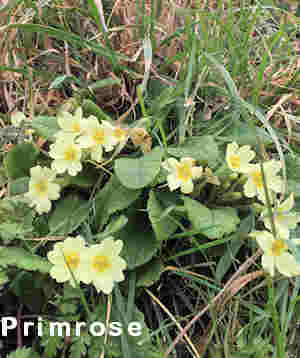
Gradually
through the month more and more became visible, but you had to
look for it as it was all pretty small. The tiniest were
probably the Ivy-leaved speedwell with its minute blue flowers, just a few
millimeters across, mostly growing in arable fields. On steep
banks in sheltered spots there was the odd
Wild strawberry
flower; along Cow Down Lane and in Bridge there were a few very
early Cow parsley coming into flower, but as quite short plants compared
to the size they reach in Spring.
Celandines are coming
into flower as well, their buttercup-like flowers beginning to
dot roadsides; and the first few of our
Primroses.
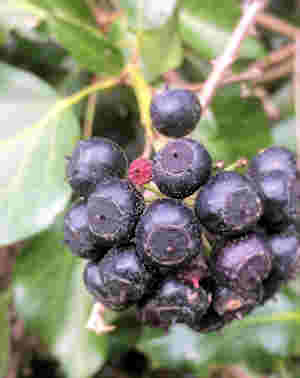
Ivy fruit |
The
hedgerows are still pretty bare, apart from the very common and
evergreen Ivy,
still in fruit; the old
Bramble leaves, and here and there the dark green of
Holly. While in our
garden Honeysuckle is already in bud and even flower, in the
hedgerows I cannot spot them - they must come quite a bit later,
in nature. But all that light coming through the hedge is good
for all that Dog mercury, and for the various ferns too, which are now coming
into their spo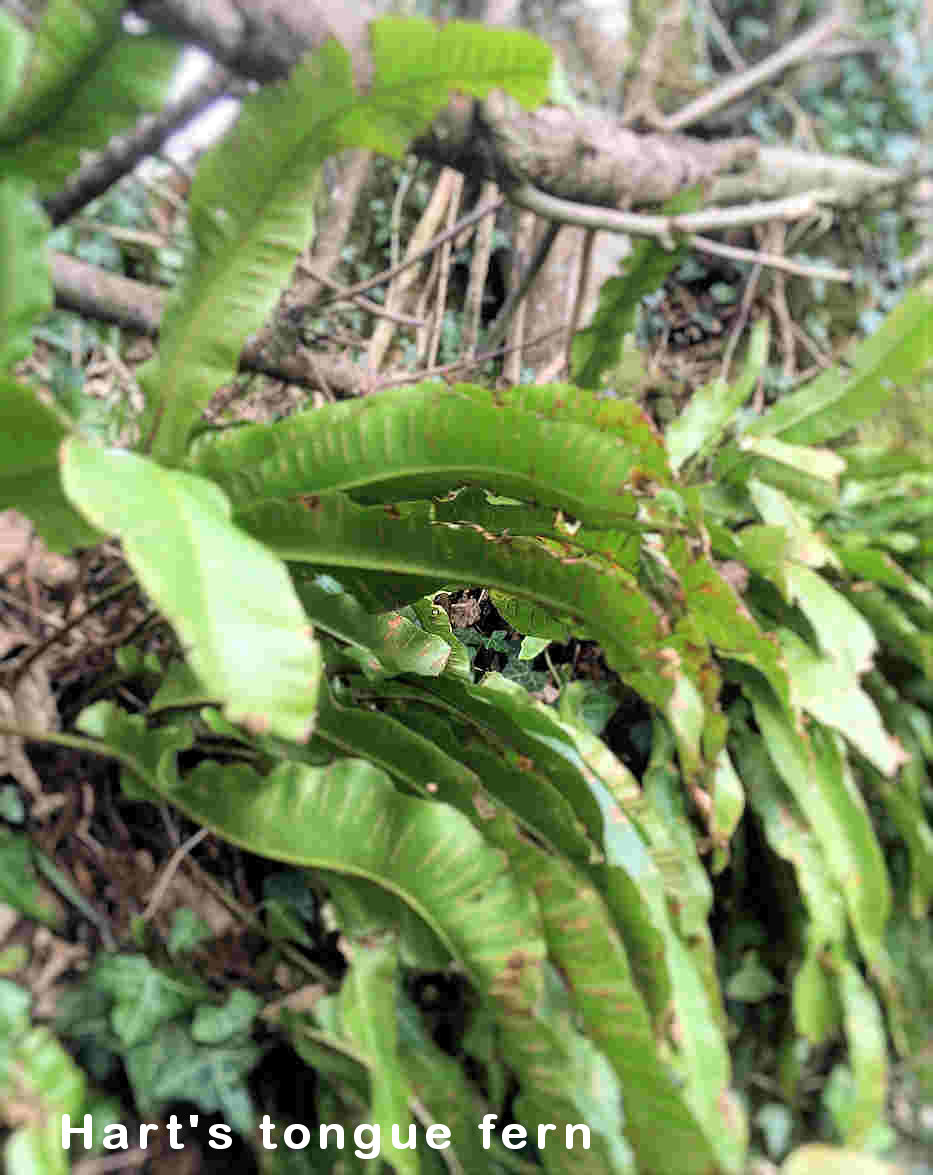 re
stages: the fern version of flowers, but only visible if you
lift a leaf to look at the underside.
Hart's tongue fern
with its entire glossy leaves is the most common, it is said to
be an indicator of ancient woodland but in our parishes you can
find it everywhere. Our other common ferns are
Common polypody (with
leathery leaves, once-lobed) and
Male fern (much more feathery, and twice divided leaves). On a bank
between Cricket and Hollowells I found
Maidenhair spleenwort,
a small fern usually found on walls. re
stages: the fern version of flowers, but only visible if you
lift a leaf to look at the underside.
Hart's tongue fern
with its entire glossy leaves is the most common, it is said to
be an indicator of ancient woodland but in our parishes you can
find it everywhere. Our other common ferns are
Common polypody (with
leathery leaves, once-lobed) and
Male fern (much more feathery, and twice divided leaves). On a bank
between Cricket and Hollowells I found
Maidenhair spleenwort,
a small fern usually found on walls.
Elsewhere I
have seen Blackthorn
in flower, but not yet in our parish.
Hawthorn is coming
into leaf-bud, and I can recommend a nibble: they taste faintly
nutty. Speaking of leaves, I have seen young leaves of a whole
series of plants that will come into flower later:
Stitchwort, Hogweed,
Vetch, Lords and Ladies, Cleavers - and along Leigh Lane,
lots of young leaves of
Bluebells. Just North of Whatley and by Purtington
Ramsons are showing
their first leaves as well. They are all preparing themselves,
but should we get a real cold spell (as often happens in March)
they will cut their losses, go back into winter mode, and come
again later.
On a walk on
the last day of February I could add to my tally: on Limekiln
Lane I saw my first
Sweet violets, most of them white but a single purple.
Surprisingly, also the
Opposite-leaved golden
saxifrage, whose name is bigger than the plant itself!
Tiny yellow flowers in very wet sites, such as where the stream
crosses the road. And finally the very first two
Butterbur: one at
Whatley Cross, and one along Leigh Lane by the bridge. Strange
low purple-flowered heads, with the very young leaves beginning
to emerge just outside.
Some
Wild Fern Facts:
Hart's tongue fern is used in the treatment of high blood
pressure and for healing wounds;
Common polypody
isused in coughs and colds, and
Male fern is used against arthritis. The tiny
Maidenhair spleenwort can be used as a poultice for snake bites and
bee stings!
|
| Walking Winsham lanes-January
2022
John
keeps asking, and I have not been ‘filing copy’: as not much has been
going on, as to flowering of plants. It has been an autumn of fungi, at
which I am not much good; Jamie told me the image here is a Russula
(taken in November), and I don’t even know if it is edible or
poisonous! The other fungal picture is of a tiny toadstool (possibly
Conical brittlestem) growing on a bank in the new ‘nature area’
behind Balsom Close, except that it isn’t a nature area yet – we are
still waiting for it to be handed over to us and start planting whips!
|
rscomp.jpg) |
.jpg)
Above: Conical
Brittlestem?
Left: Russula
|
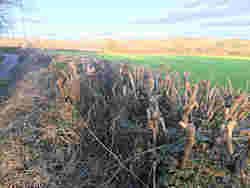 |
Those were pictures of late last year. This
January, when the sun is out, small clouds of tiny midges are dancing by
the hedgerows, which in our area have been trimmed/slashed recently,
again, to give them that ‘short back & sides’ look. Redwings and
Fieldfares are busy in the fields; and I have seen young lambs outside
at Chard Junction. |
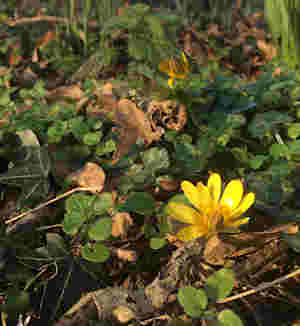
Celandine |
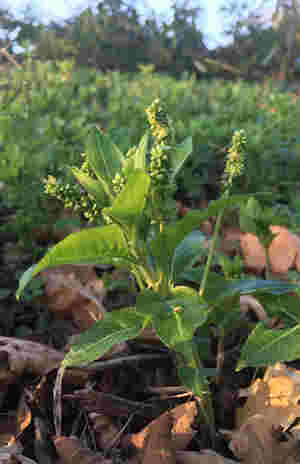
Dog mercury |
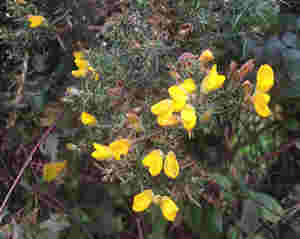
Gorse |
As there have been a couple of good frosts there
are only very few ‘overhang’ flowers from last year, with one or two
Herb Robert in sheltered spots, and the odd Dandelion. The leaves of
several plants are giving it a hopeful try, just in case it will be mild
from now on (I don’t think so) – Nettles, Cow Parsley, Lords and Ladies.
But of this years’ flowers there are very few, as yet. Snowdrops, of
course, doing well in and around hedge banks; a few tentative
Celandine, trying it on; I have seen a single Primrose at the top of
Leigh Lane; and in the hedges, Dog Mercury is flowering very
furtively. Hazel is starting to flower here and there, with the male
catkins conspicuous. And, of course, there is Gorse flowering in
suitable sandy spots; “when gorse is in flower, kissing is in season” –
and luckily that is all year round!
As there is so little to report, I’ll end with a few history notes on
Winsham lanes, harvested from Mr W.H. Paull’s nice little booklet “the
Winsham I remember”, published in 1971. This deals mainly with the
period pre-Great War, and has a few interesting bits about parish roads:
The
road from Axewater to the village was along
Wynyard Lane and Court Street before the 1890s, when the current main
road into the village was built.
The main B3162 road
from the village to Whatley (the “New Road”, popularly known as “the
Cutting”) was also built in late eighteen hundreds. Before that the only
way in the direction of Chard was either by way of Leigh Lane, or by
Colham Lane to Windwhistle, says Mr Paull – though my 1811 Ordnance
Survey map shows a track to Whatley, too. I add a bit of that old map
for your interest!
rscompedited.jpg)
|

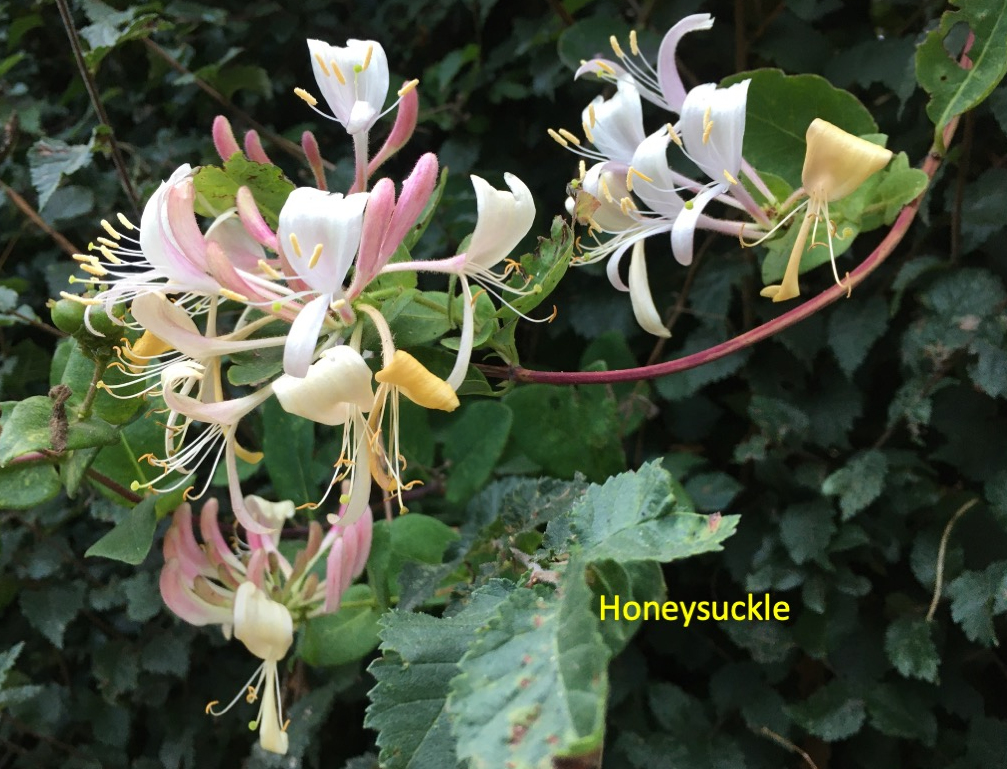
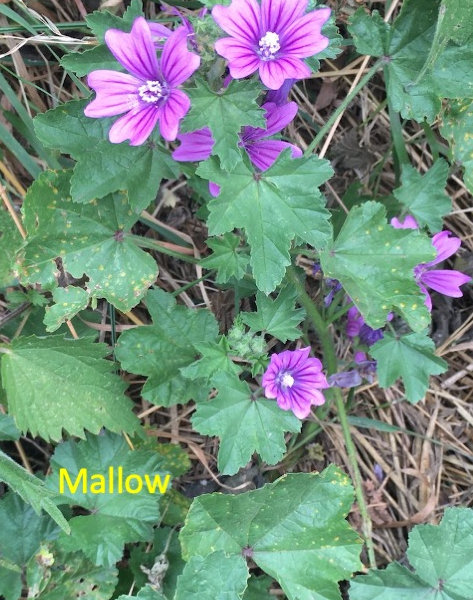 eat
to us and other creatures as well: on Cow Down Road I found a young
eat
to us and other creatures as well: on Cow Down Road I found a young
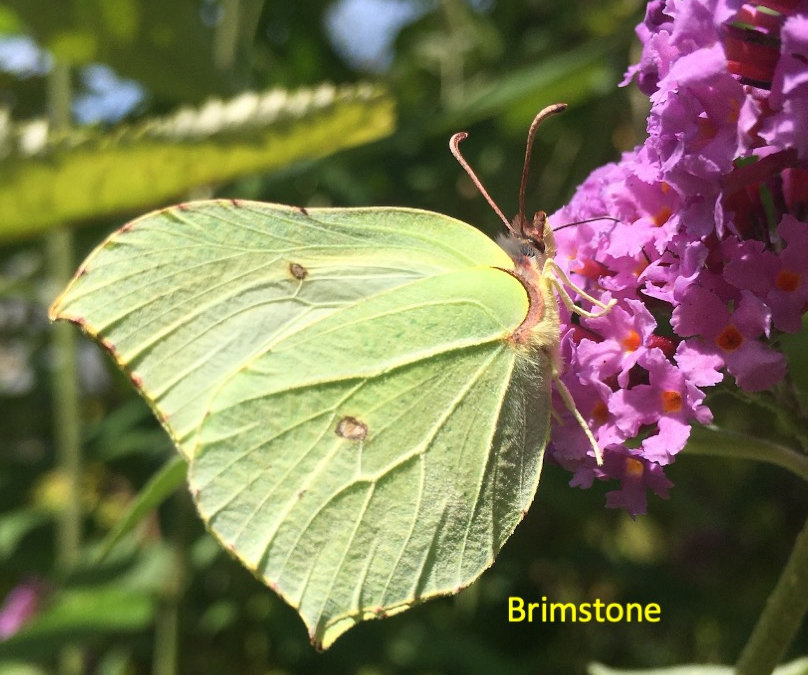 washed
Fritillary
washed
Fritillary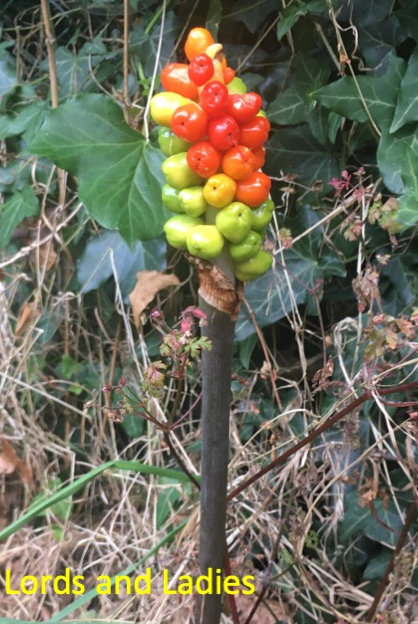 or
this plant, including
or
this plant, including rs.jpeg)
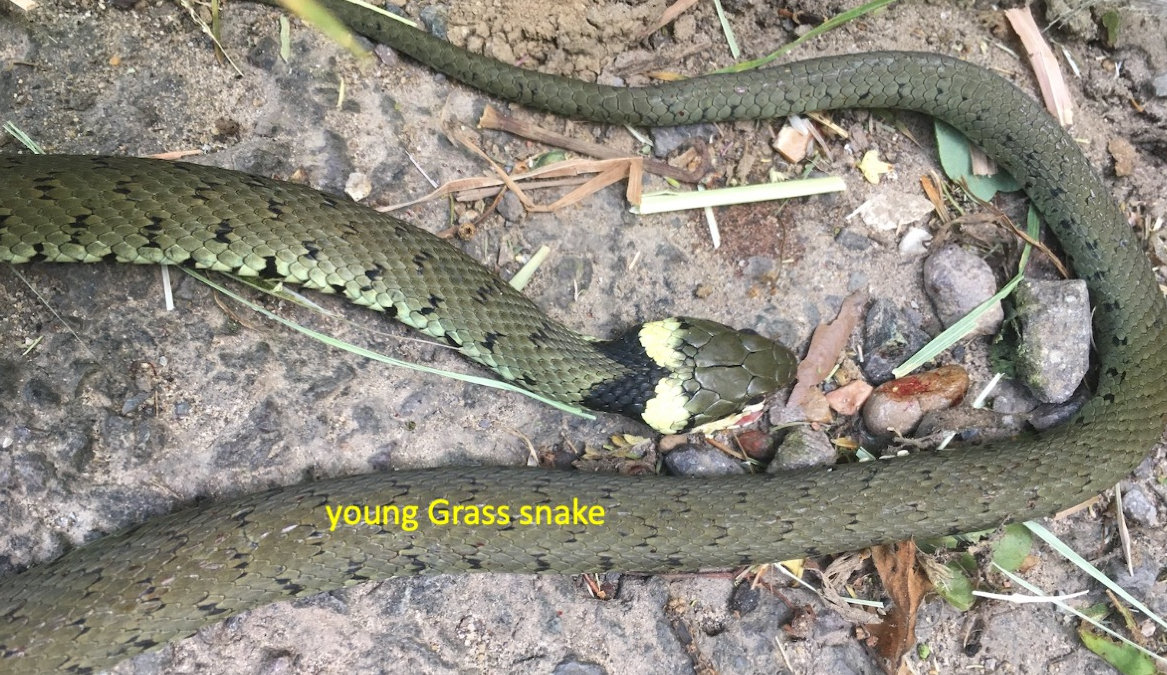
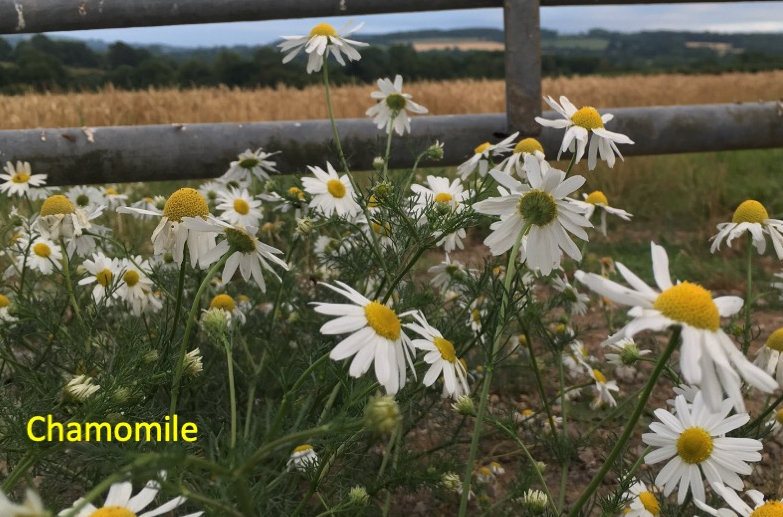
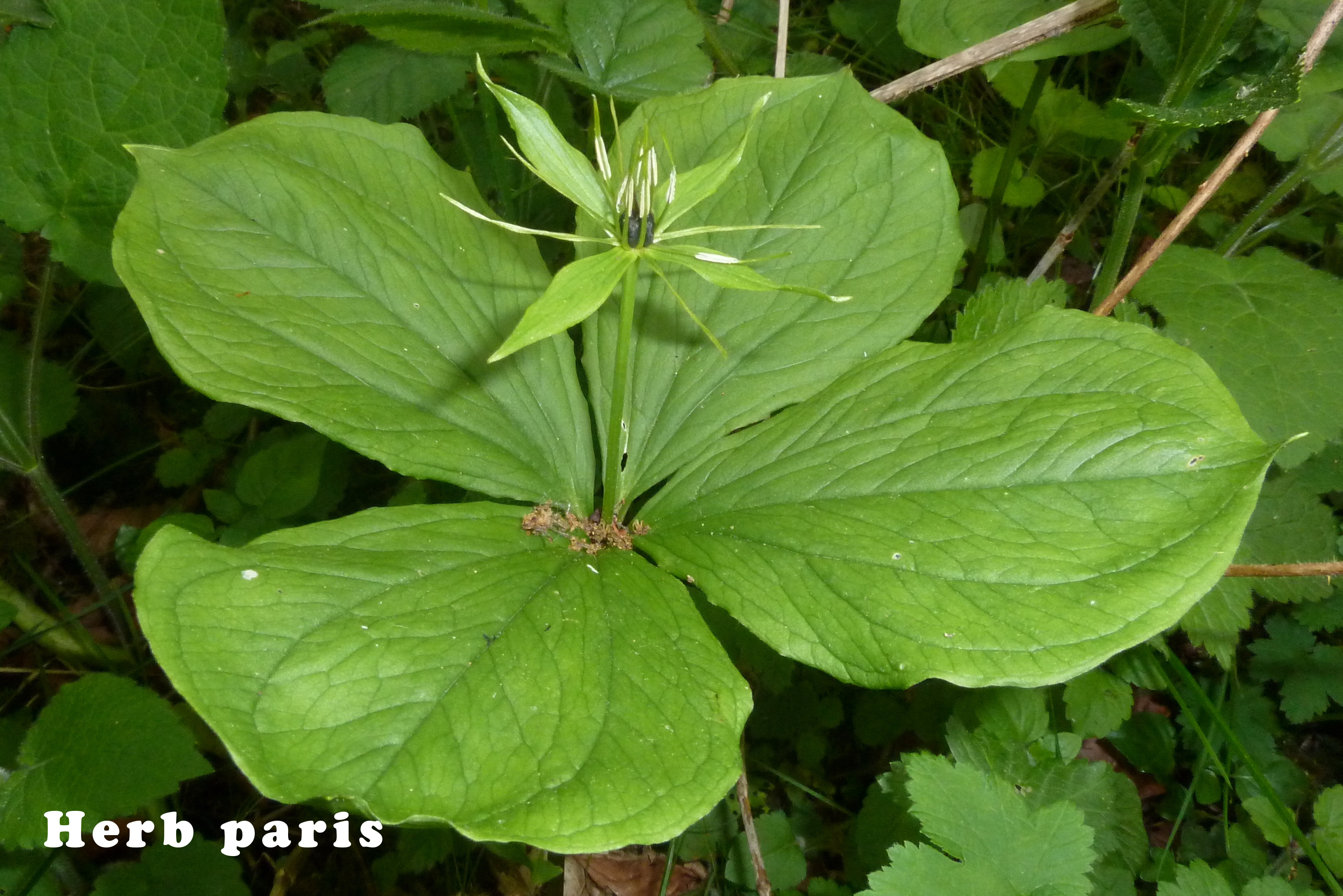 ,
Twayblade and Butterfly orchids. I thought all this would be gone from
our parish, what with modern farming methods, but I was recently invited
to visit a private bit of old woodland within a few miles from Winsham -
and I saw, for the first time in decades, Twayblade and
,
Twayblade and Butterfly orchids. I thought all this would be gone from
our parish, what with modern farming methods, but I was recently invited
to visit a private bit of old woodland within a few miles from Winsham -
and I saw, for the first time in decades, Twayblade and 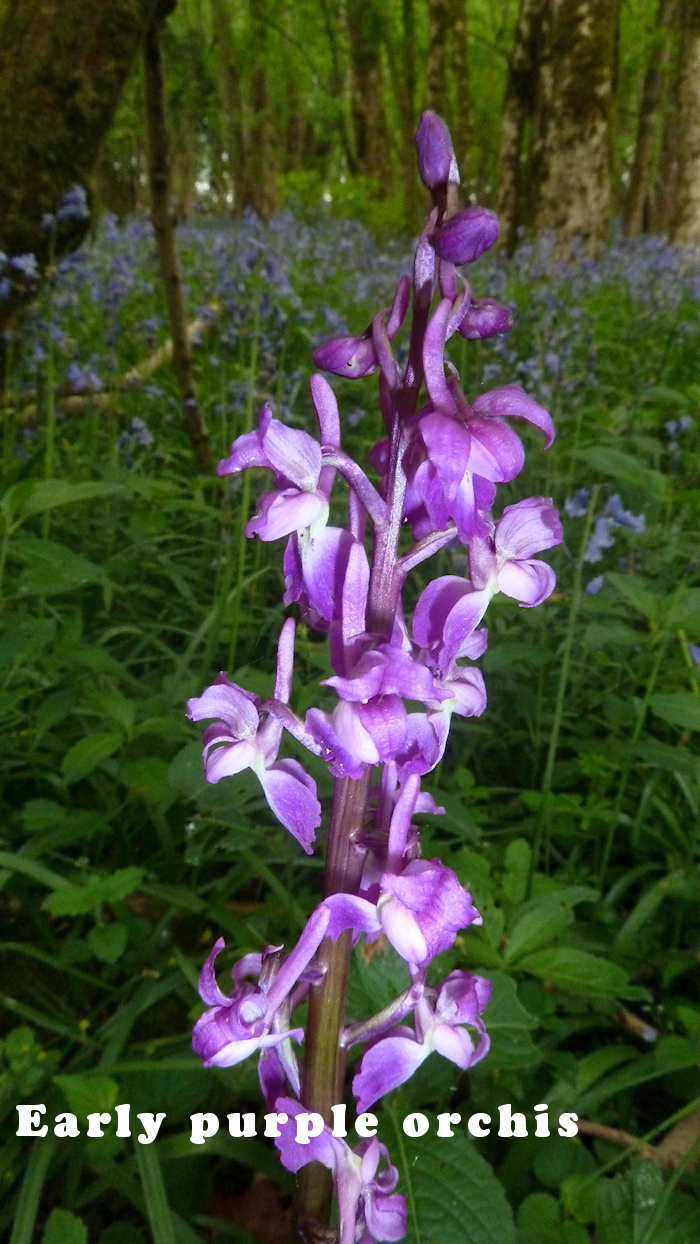 is
when we see
is
when we see 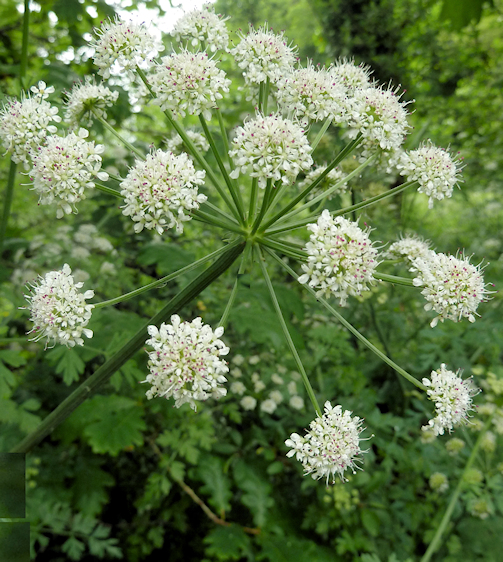
 o
they do it, with so little rain?), the hedgerows are filling out,
everywhere the birds are singing, bees and bumblebees are buzzing. The
Martins and Swallows are
back. When you look over the landscape, you see fifty-two shades of
green, from pale Oak to rich reddish-green Field maple. Closer up,
colour explodes: Cow parsley
white-laces the roadsides and, at this stage, looks very pretty. It is
intersper
o
they do it, with so little rain?), the hedgerows are filling out,
everywhere the birds are singing, bees and bumblebees are buzzing. The
Martins and Swallows are
back. When you look over the landscape, you see fifty-two shades of
green, from pale Oak to rich reddish-green Field maple. Closer up,
colour explodes: Cow parsley
white-laces the roadsides and, at this stage, looks very pretty. It is
intersper sed
with vivid yellow of Dandelions
and the last of the Celandines,
with Yellow archangel
beginning to come in; with the white of
Stitchwort, Cuckooflower
(white to pink) and
Jack-by-the-hedge and the occasional stand of
Ramsons, the pink of
Campion and
Herb Robert, and in many
places a haze of purple-blue from
Bluebells. We are lucky to
have our Bluebells not just confined to woods, glorious as they are
there, but along hedgerows as well - and even, along Cow Down and Pye
Lane, above the hedgerows. All in all it makes for real rural
beauty!
sed
with vivid yellow of Dandelions
and the last of the Celandines,
with Yellow archangel
beginning to come in; with the white of
Stitchwort, Cuckooflower
(white to pink) and
Jack-by-the-hedge and the occasional stand of
Ramsons, the pink of
Campion and
Herb Robert, and in many
places a haze of purple-blue from
Bluebells. We are lucky to
have our Bluebells not just confined to woods, glorious as they are
there, but along hedgerows as well - and even, along Cow Down and Pye
Lane, above the hedgerows. All in all it makes for real rural
beauty!
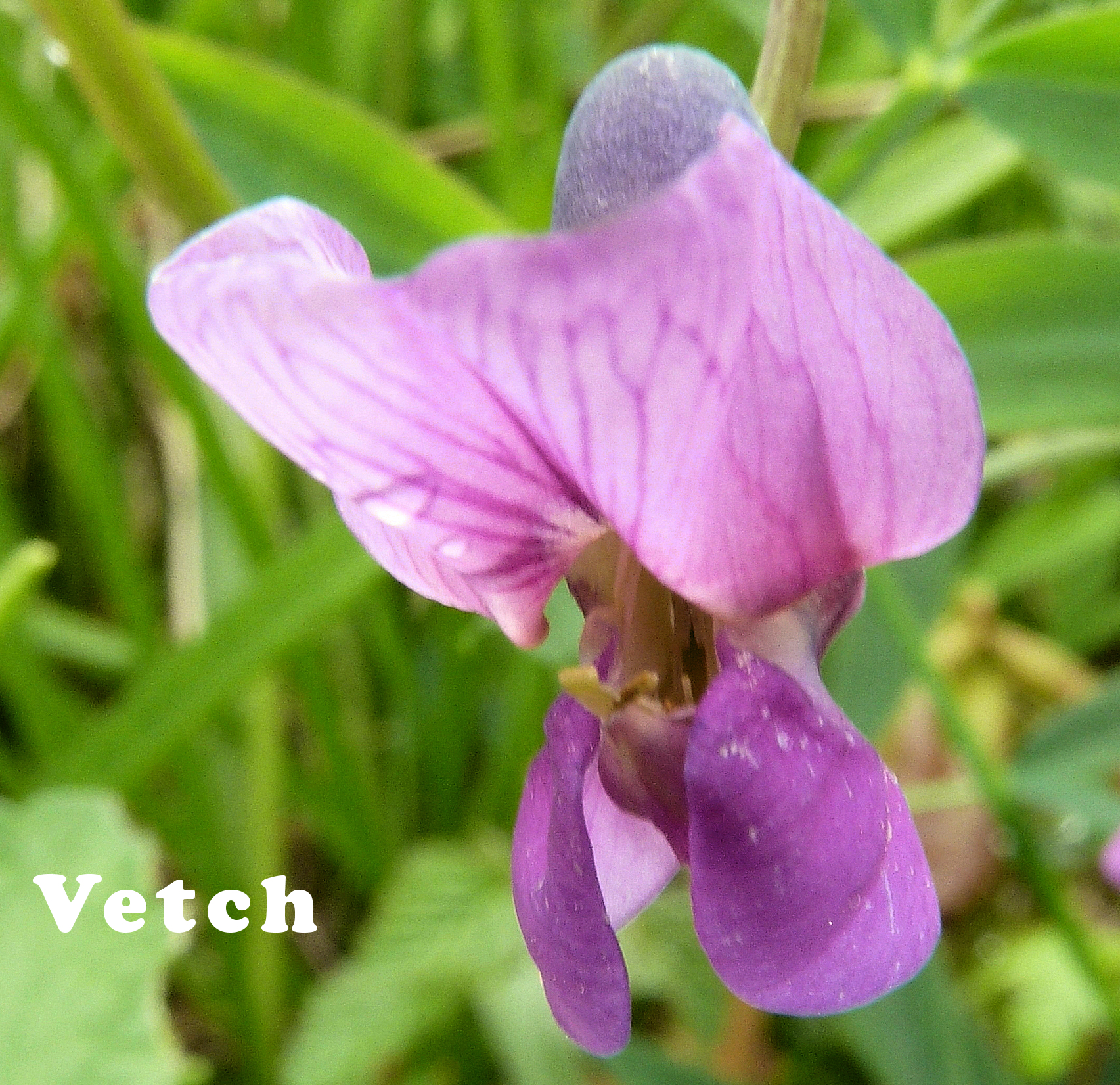
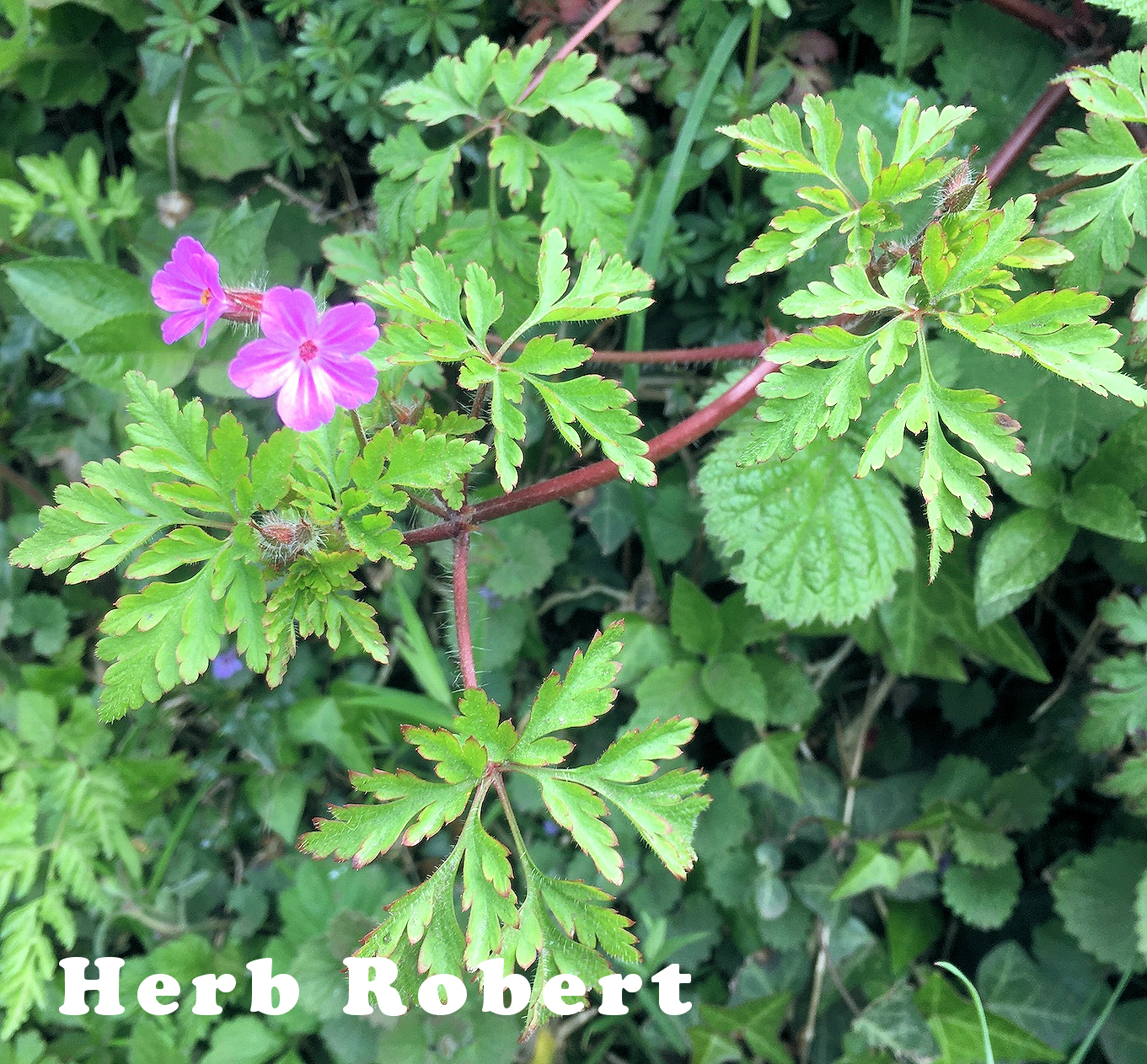
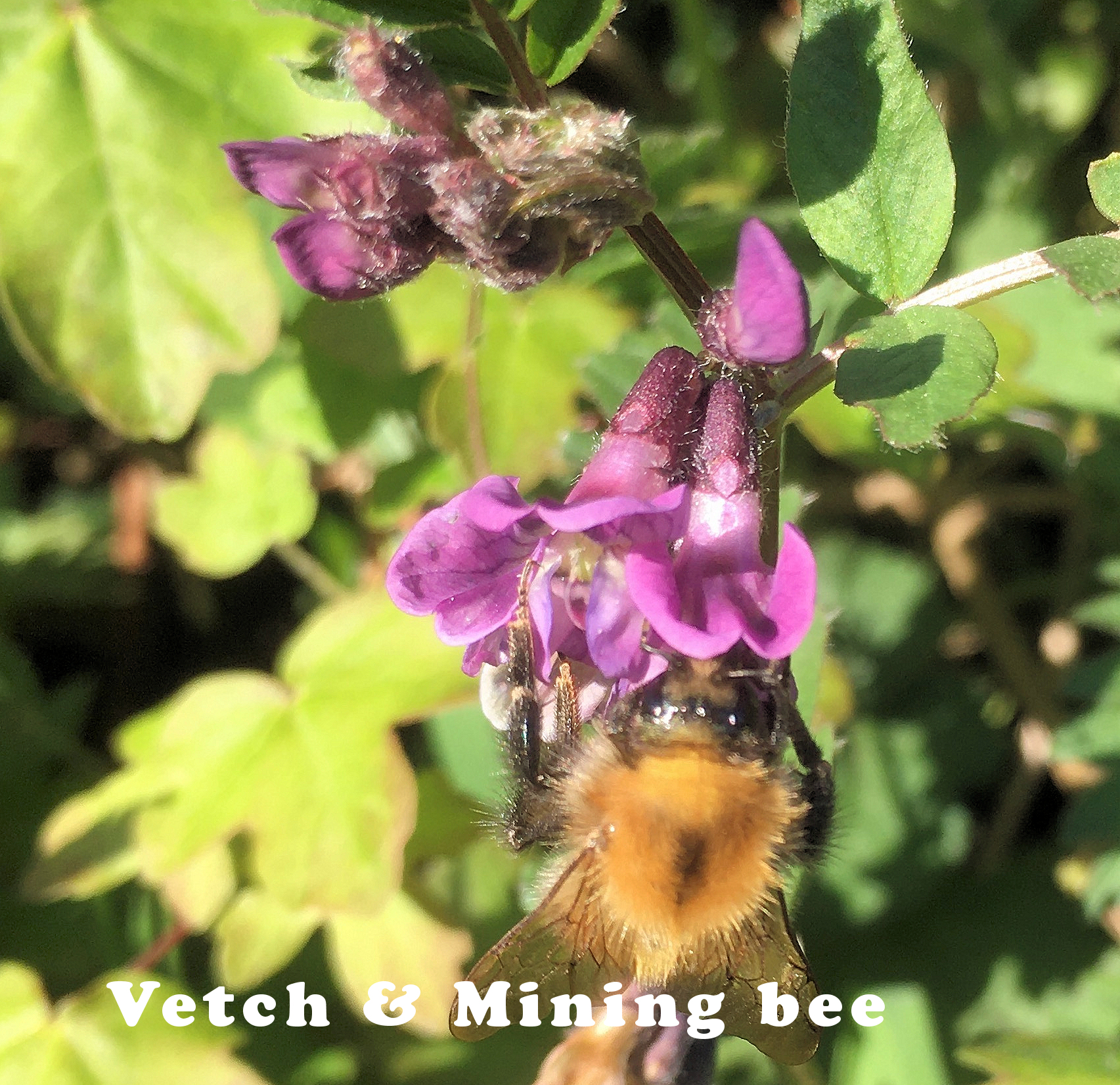
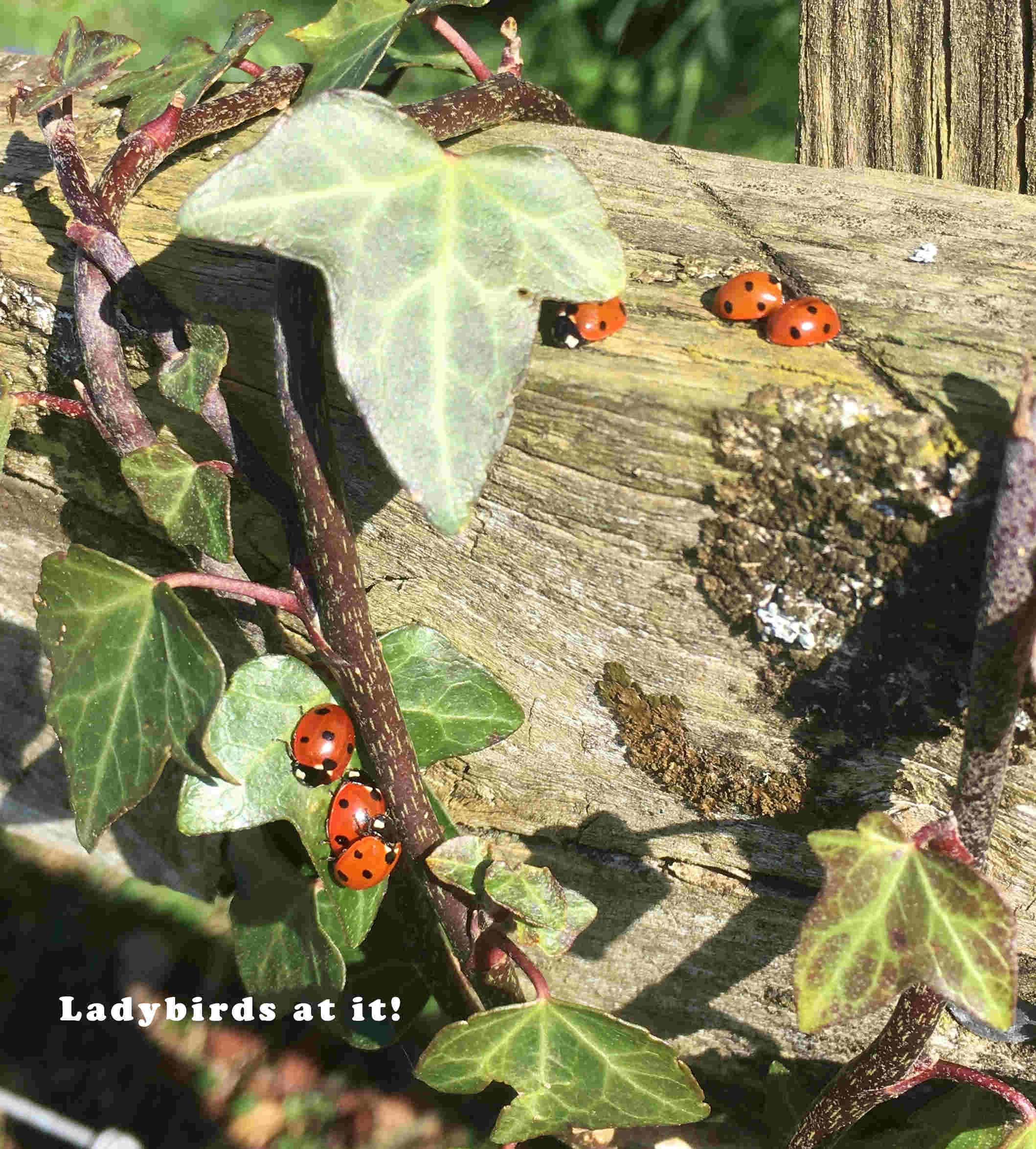
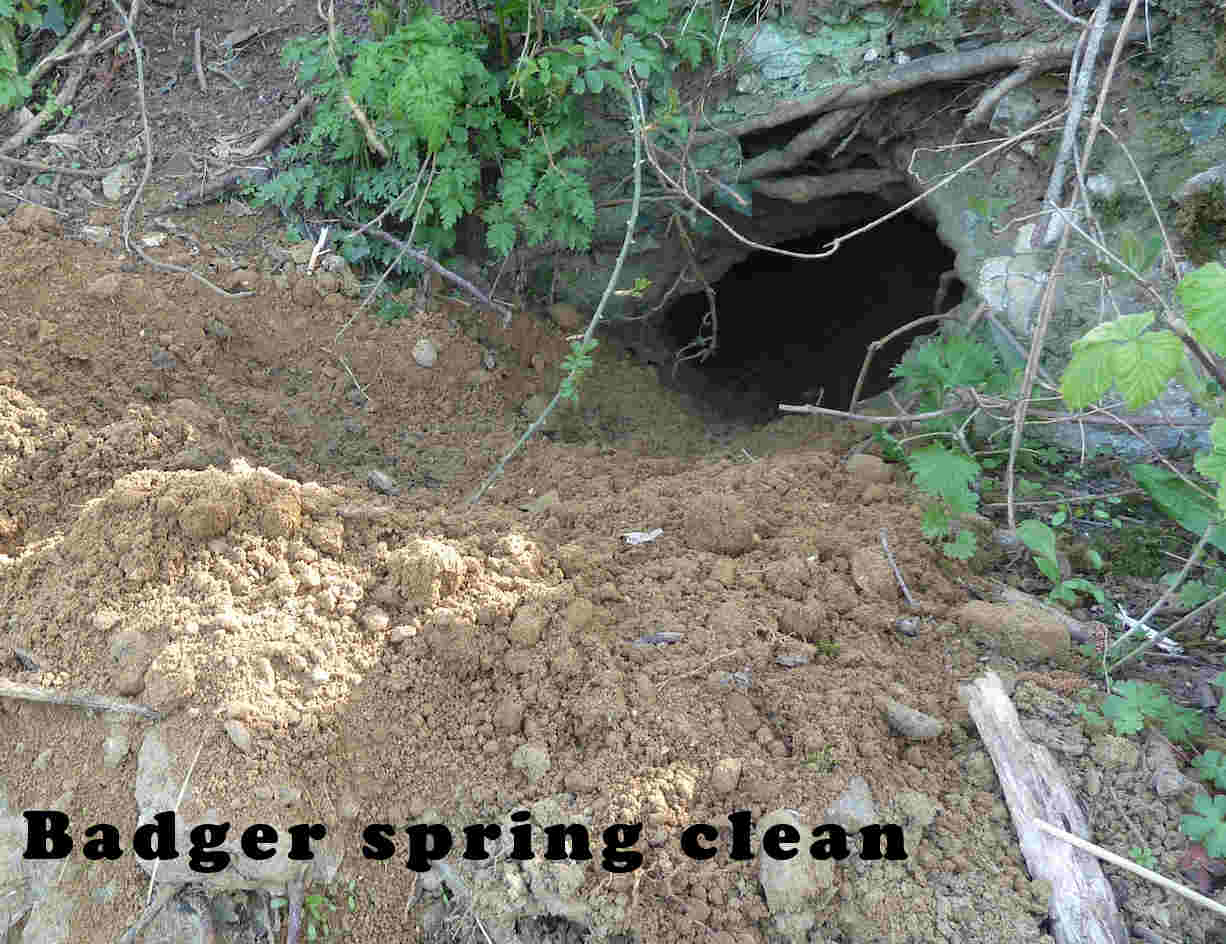
croptext.jpg) Horseshoe Lane, South of Forde Abbey); sheets of
Celandine along lanes
and under light tree shade, their flowers opening when the sun
is out; the odd Dandelion,
like the Celandine much visited by hungry insects; and
Pussy willow. And, of
course, Gorse - always
out, really, but now probably at its best.
Horseshoe Lane, South of Forde Abbey); sheets of
Celandine along lanes
and under light tree shade, their flowers opening when the sun
is out; the odd Dandelion,
like the Celandine much visited by hungry insects; and
Pussy willow. And, of
course, Gorse - always
out, really, but now probably at its best.croptext.jpg) or
insects looking for pollen and nectar, like Bumblebees. And in
the last few days of this month I have also seen a new colour,
the blue of the very first
Bluebells, with odd individuals out by Mello View, by
Purtington and along Limekiln, Pye and Leigh Lanes.
or
insects looking for pollen and nectar, like Bumblebees. And in
the last few days of this month I have also seen a new colour,
the blue of the very first
Bluebells, with odd individuals out by Mello View, by
Purtington and along Limekiln, Pye and Leigh Lanes. Croptext.jpg)
%20crop%20&%20Text.jpg)
croptext.jpg)
cropped%20%20text.jpg)


 was
not very clear - unless it was the Camellias in the garden! Not
on the Hazel flowers, anyway, because they are wind-pollinated
and don't bother to produce nectar. Their female flowers are
very small, concealed in buds with only tiny bit of red styles
sticking out, and what is obvious are the catkins of male
flowers, occasionally colouring a whole tree yellow; the leaves
of these trees are still in young bud.
was
not very clear - unless it was the Camellias in the garden! Not
on the Hazel flowers, anyway, because they are wind-pollinated
and don't bother to produce nectar. Their female flowers are
very small, concealed in buds with only tiny bit of red styles
sticking out, and what is obvious are the catkins of male
flowers, occasionally colouring a whole tree yellow; the leaves
of these trees are still in young bud.

 re
stages: the fern version of flowers, but only visible if you
lift a leaf to look at the underside.
Hart's tongue fern
with its entire glossy leaves is the most common, it is said to
be an indicator of ancient woodland but in our parishes you can
find it everywhere. Our other common ferns are
Common polypody (with
leathery leaves, once-lobed) and
Male fern (much more feathery, and twice divided leaves). On a bank
between Cricket and Hollowells I found
Maidenhair spleenwort,
a small fern usually found on walls.
re
stages: the fern version of flowers, but only visible if you
lift a leaf to look at the underside.
Hart's tongue fern
with its entire glossy leaves is the most common, it is said to
be an indicator of ancient woodland but in our parishes you can
find it everywhere. Our other common ferns are
Common polypody (with
leathery leaves, once-lobed) and
Male fern (much more feathery, and twice divided leaves). On a bank
between Cricket and Hollowells I found
Maidenhair spleenwort,
a small fern usually found on walls.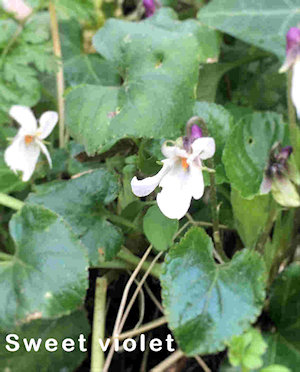
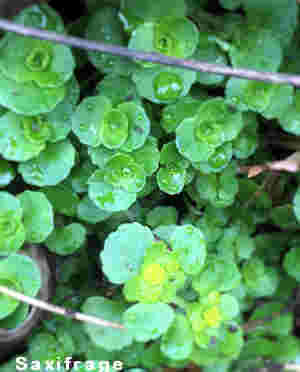
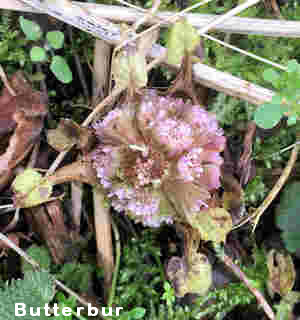
rscomp.jpg)
.jpg)




rscompedited.jpg)